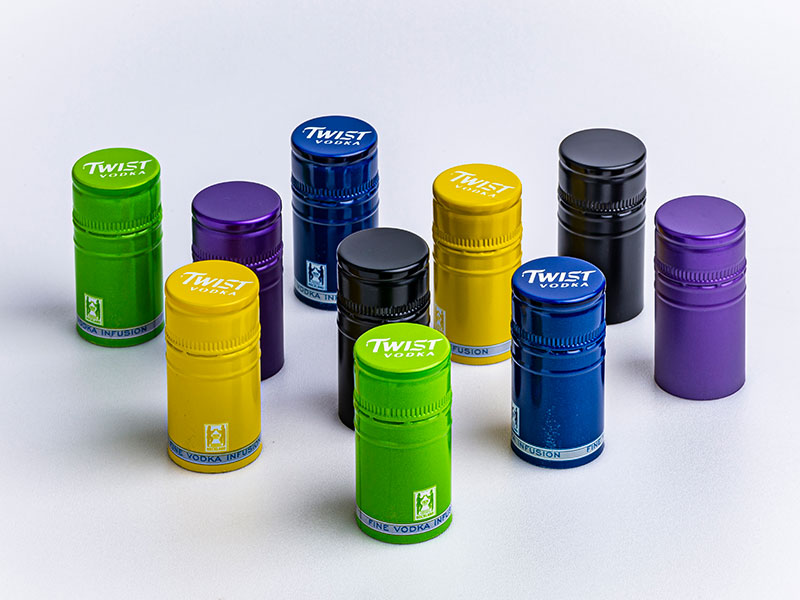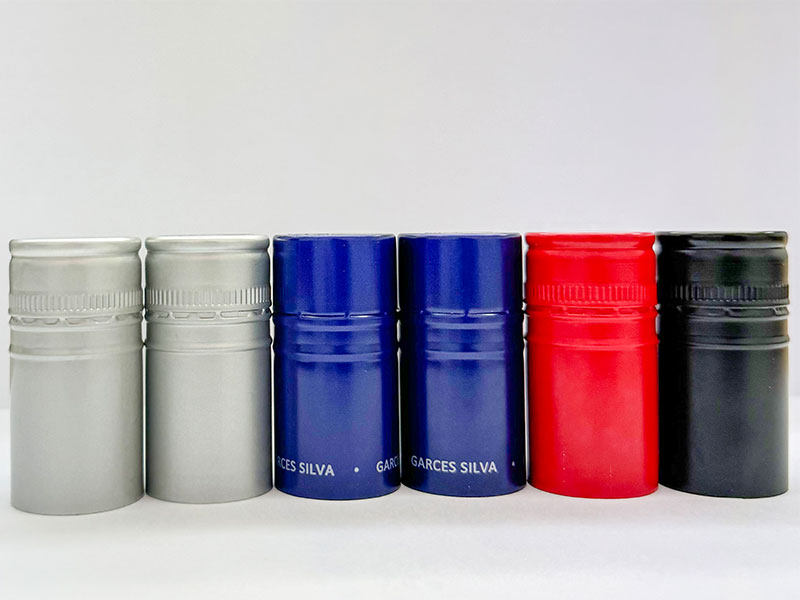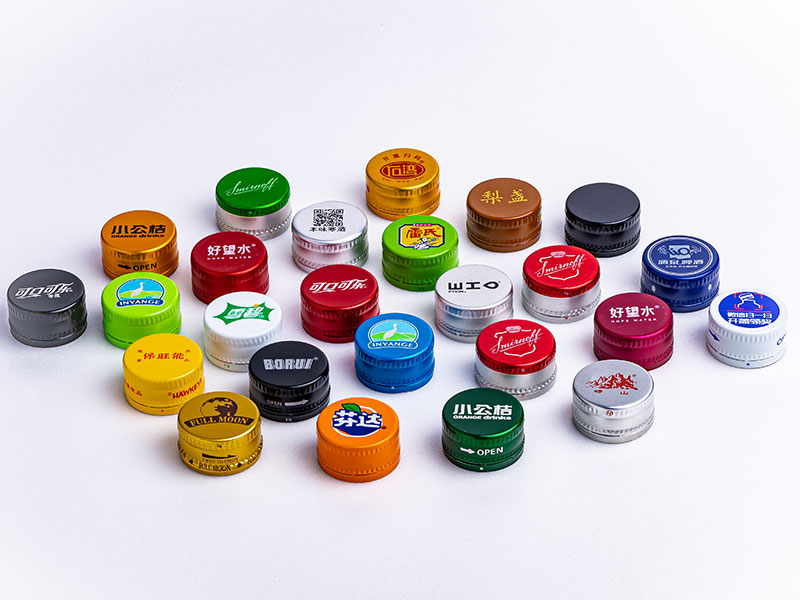Screw Caps for Wine
Revolutionizing Wine Preservation: A Deep Dive into Screw Caps
For centuries, corks held the title as the crown jewel of wine closures. However, an unexpected challenger has emerged in the tenacious screw cap. While it may seem unassuming in appearance, there’s a strength within that is transforming the wine industry, all while igniting discussion among sommeliers, brewers, and everyday enthusiasts alike.
From my perspective on the factory floor, where we churn out millions of aluminum bottle caps daily, the seemingly simple screw cap for wine bottles represents a fascinating intersection of engineering and consumer preference. We're used to dealing with consistent, high-volume production runs for standard bottle caps – the tolerances are tight, but the design is fairly static. Wine screw caps, however, require a more nuanced approach. The material itself needs to be exceptionally consistent to guarantee a proper seal over the extended shelf life of wine, and the thread profile must be perfect to avoid both leakage and overly-tight closures leading to breakage. The complexities introduced by varying bottle neck diameters and the need for smooth, consistent opening/closing force are challenges our team rarely encounters in the standard cap production lines.
Beyond the technical specifics, I find the shift towards screw caps in the wine industry incredibly interesting. It’s a testament to the industry's willingness to adapt and innovate, challenging traditional perceptions surrounding wine preservation and closure. Witnessing the evolution from cork to screw cap – a move driven by concerns about cork taint and the pursuit of consistent quality – highlights the evolving relationship between production techniques and consumer expectations. It also underscores the importance of ongoing quality control and material sourcing. A faulty screw cap can ruin a bottle of fine wine, emphasizing the significance of our role in ensuring the integrity of the final product.
Breaking Down Barriers
Wine lovers often associate elegance with the ritual of uncorking a bottle. Yet, a paradigm shift is nearing, bring about expanded discussion on the oft-overlooked merits of screw caps. Crafted from durable aluminum, modern screw caps provide more than just utility; they promise enhanced preservation of the wine, offering a fresh alternative for enthusiasts craving rich, minerally adventures right down to the last sip.
Superior Wine Preservation
Traditionally, corks used to be the go-to binding element, allowing for an element of micro-oxygenation – a slow infusion of oxygen that purportedly enhances flavor profile as a wine ages. But what's acknowledged less frequently is the level of unpredictability that varying cork quality can introduce. Issues like cork taint, due to the TCA (2,4,6-trichloroanisole) present in some corks, can lead to devastating spoiling of a well-crafted wine.
Screw caps, in contrast, offer a uniformly airtight seal, isolating the wine from its microbial enemies. Winemakers have emerged with positive stories documenting how this closure safeguards exceptional vintages from oxidation. Thanks to the scientific process of nitrogen flushing even some restrictions posed by less than favorable bottling processes have begun to be addressed.
Environmental Benefits
In the 21st century, as sustainability becomes front and center in consumer choice, the screw cap’s environmental record shines. No longer relegated to thrift shop-tier wines, metal screw caps come with ly low-carbon footprints thanks to streamline production procedures and lower rates of spoilage. Generating far less waste in reuse guarantees that those adventurous wines literally keep their promise, bounding past their predecessors – the traditional cork produced from harvesting tree bark.
But it also opens the door to aluminum recycling possibilities; screw caps hold strong potential for keeping materials within a circular economy rather than allowing them to end up in sprawling landfills.
Shifting Perceptions and Experience
Becker Voss, one of the high-profile proponents of screw caps, emphasizes that doing away with classical settings does not detract from the wine-tasting ritual. With a comfortable twist and click, a screw cap presents convenience—no wait, no fumbling crooks deeply crammed, and—from an outrageous dubiousness—it introduces an increasingly respectable alternative filled with preservation credibility. The absence of flashy displays is in no way an insult; in many cases, wines under this cap hear cheers puzzled and ecstatic in pure tasting, merriest even among doubting connoisseurs.





